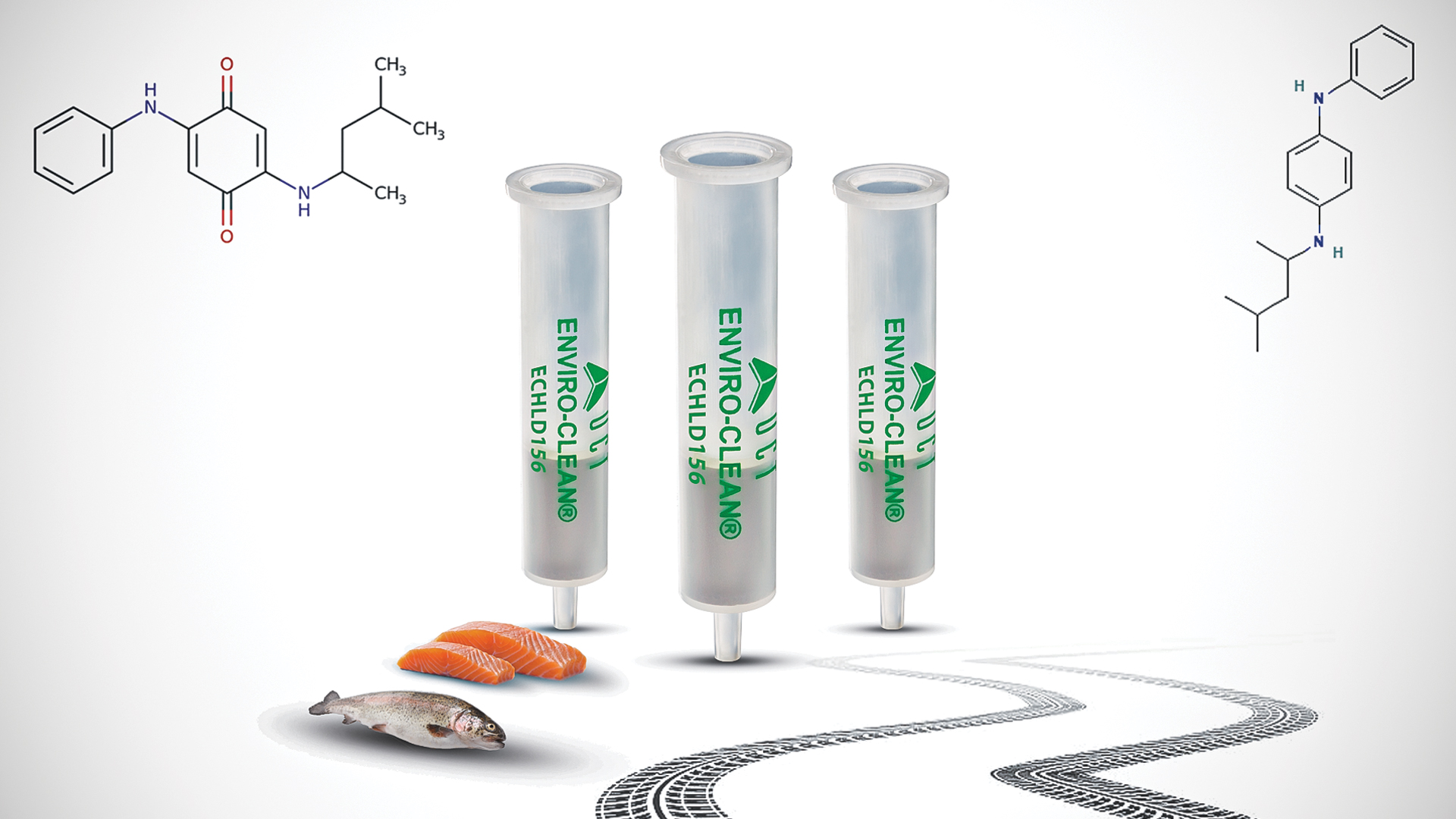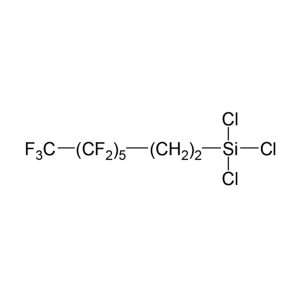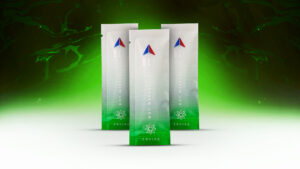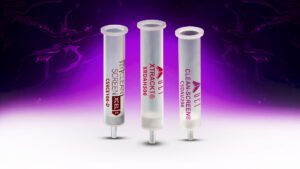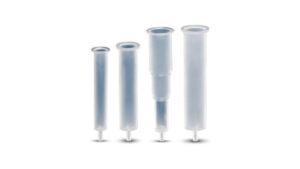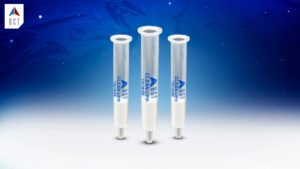6PPD, Salmon, and Tires
You probably know what salmon and tires are, but have you ever heard of 6PPD? How about 6PPD-q? 6PPD stands for N-(1,3-dimethylbutyl)-N’-phenyl-p-phenylenediamine. When this compound is exposed to air, ozone reacts with 6PPD to form its quinone, 6PPD-q.
How about salmon and tires? 6PPD is a tire stabilizer that prevents tires from breaking down. As the tire tread wears off onto a road, 6PPD washes into streams and rivers, where it’s converted to 6PPD-q. This compound kills Coho salmon and is potentially lethal to brook and rainbow trout [1].

2-((4-Methylpentan-2-yl)amino)-5-(phenylamino)cyclohexa-2,5-diene-1,4-dione
(6PPD-Quinone)
Why are Coho salmon important? Acting on behalf of the Yurok Tribe of northern California, the Port Gamble S’Klallam and Puyallup tribes from the Puget Sound region of Washington state, the legal advocacy group Earthjustice filed a petition asking Environmental Protection Agency (EPA) Administrator Michael Regan to invoke Section 21 of the Toxic Substances Control Act (TSCA) “to establish regulations prohibiting the manufacturing, processing, use, and distribution of N-(1,3-Dimethylbutyl)-N’-phenyl-p-phenylenediamine (6PPD) for and in tires” According to Earthjustice, 6PPD-q is the second-most toxic chemical to aquatic species ever evaluated by EPA, behind the pesticide parathion. Exposure to 6PPD-q can kill a coho salmon within hours, and the chemical is responsible for ‘urban runoff mortality syndrome,’ which kills up to 100% of coho returning to spawn in urban streams,” the petition notes. Numerous populations of coho salmon, steelhead trout, and Chinook salmon are endangered or threatened with extinction under the Endangered Species Act [2]. Coho salmon is a primary food source for these tribes.
Are you analyzing for 6PPD-q? UCT can help you.
- Filter your sample to remove particulates.
- Adjust the sample pH to 4.
- Add internal standards.
- Precondition cartridge with methanol and equilibrate with water.
- Extract using cartridge ECHLD156 (Enviro-Clean HL DVB 500mg 6mL) at 10 mL per minute.
- Rinse the cartridge with clean water.
- Vacuum dry
- Elute with 2 x 5 mL of MeOH.
- Use nitrogen to concentrate to a 1 mL final volume for LC analysis.
References:
[1] American Chemical Society. “Substance derived from tire debris is toxic to two trout species, not just coho salmon.” ScienceDaily. www.sciencedaily.com/releases/2022/03/220302092649.htm

